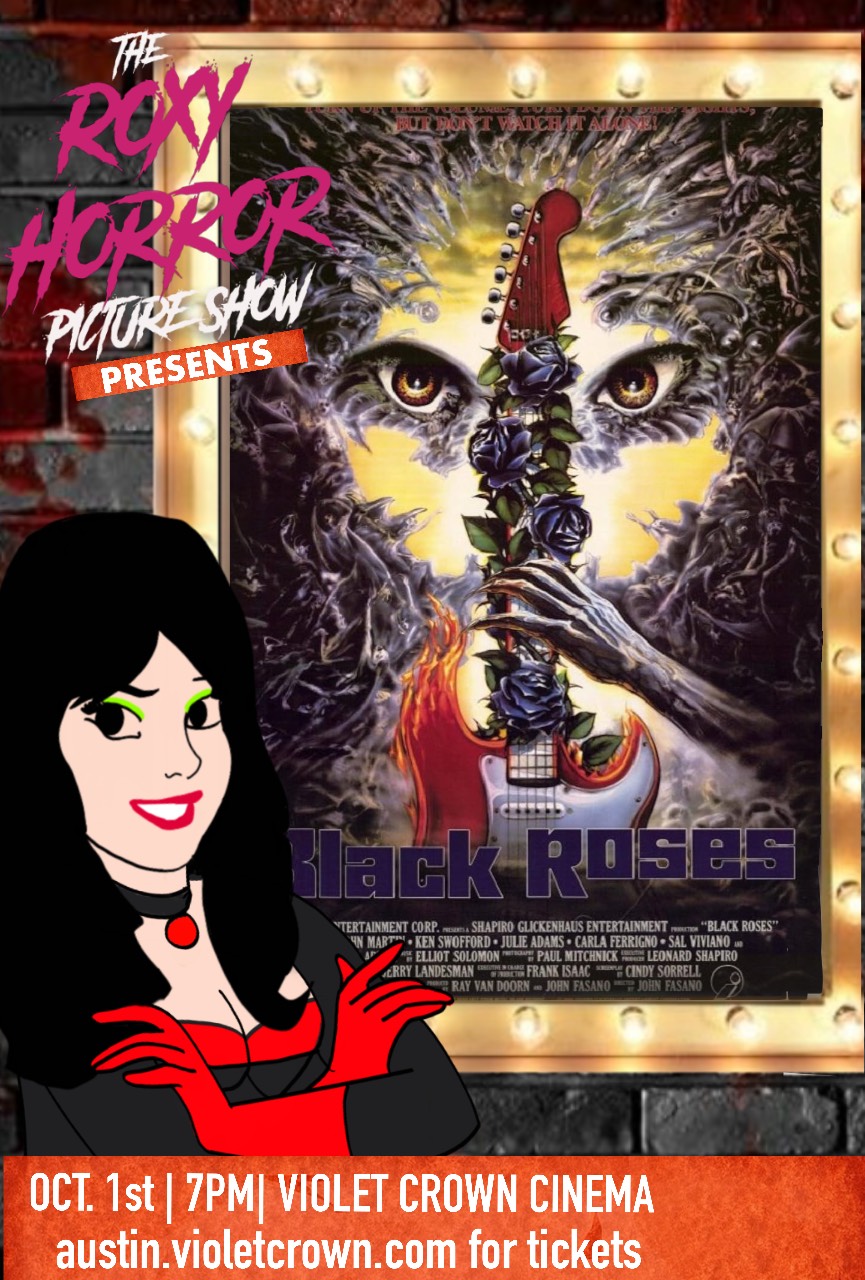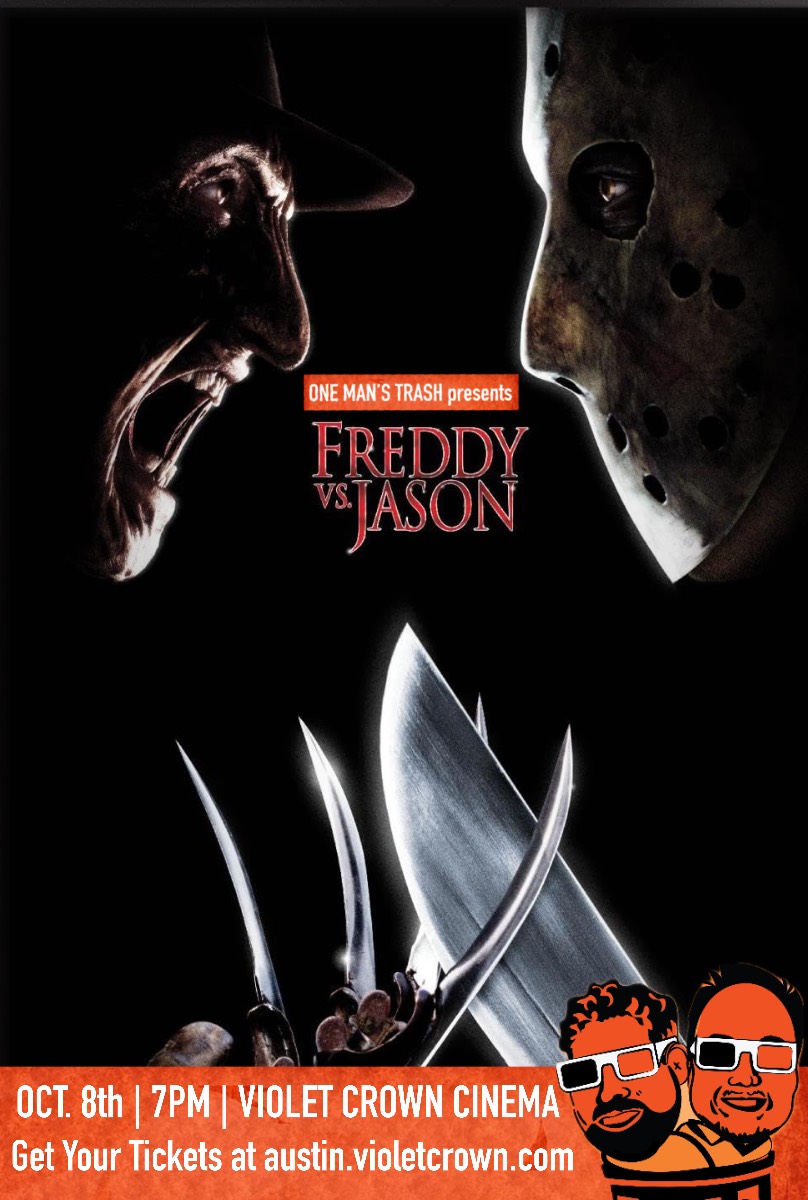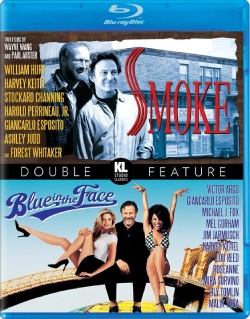I came from a generation that was practically raised by cable television. The last generation of Hanna Barbara cartoons, the original Nicktoons and Disney Afternoon shows of the mid 90s to the early 2000s were the big cartoons us Generation Y-ers grew up with. Hell, I can fully admit that a lot of my sense of humor came from the works artists like Genndy Tartakovsky (Dexter’s Laboratory, Samurai Jack), Stephen Hillenberg (Rocko’s Modern Life, Spongebob Squarepants) and Craig McCracken (Powerpuff Girls).
So, as with any generation of cartoon viewers, most of us moved on and made the inevitable backlash comments against the networks that basically helped raise us (“It’s not as good as it used to be, back when we watched it!”). I can admit that even I was in that camp for awhile. Yet, in the last few years, we’ve seen a splurge of animated shows that were created by fellow Millennials who were influenced by those same shows and took their aesthetics to a more modern audience of both the children and adults of today. Now, while I’m aware that there are several shows that people praise for these reasons, but for the purposes of my article, I’m going to be focusing on three specifically: Disney Channel’s Gravity Falls and Cartoon Network’s Adventure Time & Regular Show.
All three shows have a simple premise at heart. Adventure Time deals with adopted brothers Finn the Human and Jake the Dog (it’s a bit of a long story) fighting against threats to the “Land of Ooo”, a fantastical kingdom of living candy beings ruled over by Princess Bubblegum. Regular Show mostly deals with young adults Mordecai (the anthropomorphic blue jay) and Rigby (the similarly anthropomorphic raccoon) working their jobs at the local park of their (unnamed) city, which is run by Benson (a sentient gumball machine), who constantly tries to fire the two of them. Meanwhile, at Gravity Falls, human twins Dipper and Mabel Pines are spending the summer working under their shifty great uncle (or “Grunkle”, as they call him) Stan at the titular town in the middle of a dense forest region and discovering secrets about the town’s origin.
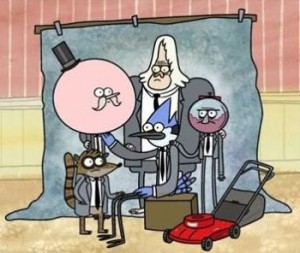
From these very baseline premises, the shows have their characters encounter a variety of creative and bizarre threats. It’s clear that all three show’s creators were influenced by a wide range of sources, whether it be literary fantasy, 8-bit video games or mystical conspiracy theories. Despite these elements being familiar, it’s still clear that these culturally based threats aren’t merely done for the sake of being references as the creative teams manage to adapt them to the previously established tone of the shows, which is usually more comedic in nature. Regular Show has pretty much made an art form out of this, with episodes that recall everything from Transformers: The Movie to Lord of the Rings. Hell, there’s even an episode where the villain is an evil Chinese warlock modeled after Lo Pan from Big Trouble in Little China… who’s actually voiced by James Hong! It’s a reference that the average Cartoon Network demographic obviously won’t get, yet it still works for that younger audience as a threat for the characters to face off against and a cultural reference that more genre savvy adult fans in the audience can latch on to.
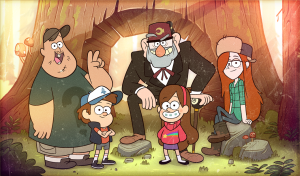
All three shows also have such inventive visuals for their animation. The shows of my youth tended to make due with limited production budgets, especially those from Hanna Barbara that managed to create great shows despite the finite parameters. In the case of these modern shows, the designs feel simplistic yet polished which allows for the animators to give the characters a lot of expression with just a few line placements rather than overuse lines just for the sake of over the top wackiness. Gravity Falls makes great use of such simplistic designs by adding well placed awkward twitches and details that give each character their own individual identities. For example, Grunkle Stan as a design on face value works well enough as the grumpy old man archetype. Yet, whenever he’s either in his usual work suit or his casual boxers/tank top affair at home, his posture switches from a confident upright stance to a bitter slouch in the respective outfits. It may seem a bit under developed, but that difference helps to further emphasize the fact that Stan is slimey con artist at work that wants to give off the air of professionalism to his customers, hiding (or at least attempting to hide) the crotchedy jerk underneath.
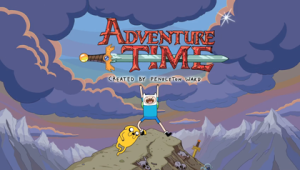
Once you dig a bit further into the situations at hand, one can also find a genuine sense of mythology to each show. Some are more expansive than others, but all three shows tend to develop a lore of some sort that’s called back to or developed in a way that constantly adds layer upon layer. That sense of continuity helps to benefit long time viewers, but also allows the creators to actually develop and age their characters, a rarity amongst the shows I grew up on that tended to keep the status quo firmly in check. The best example without question is Adventure Time, which takes the initial happy fantasy world of Ooo and adds much darker layers to it once you realize early on in the series that Ooo is actually a post-apocalyptic Earth. In episodes as far back as the first season, you see Finn and Jake running through abandoned subways with skeletons and diving underwater to find the ruins of former cities, which shows that creator Pendelton Ward and his staff had this idea from the show’s inception, but have mostly kept it in the background in favor of developing its characters.
In fact, all three shows excel at developing their characters. Underneath all the jokes, zany situations and surreal elements, all of these characters feel very genuine and display something that even the characters from the shows of my youth rarely did; emotional vulnerability. Whenever these characters hit a roadblock in their lives, they let their feelings out in a way that never feels forced, which only helps to endear the audience to them more and laugh along with their later silly antics or even root for them in the more tension filled sequences. A large part of this seems to come from the fact that most of these characters are young people facing problems of development and becoming comfortable with who they are as people, which the younger folks in the audience can find relatable to their current problems and adults can look at with a sense of knowledgable empathy.
Gravity Falls has this shine through in episodes like The Time Traveler’s Pig, where Dipper has to choose between using his new found time travel capabilities to either help himself become closer to his crush Wendy or make his sister Mabel happy. Dipper’s desires are familiar and understandable, but his genuine confliction really comes through in the earnestness of the way the character is written. The same goes for Mordecai of Regular Show throughout the series, who’s hinted many times at his past as an art school drop out that doesn’t have that much direction in his life and suffers plenty of set backs, particularly when it comes to his pursuit of love interests. You get the sense that he could be doing more with his life than working at a park, but you don’t blame him for wanting to stay close with his best friend Rigby, who has stood by him since the two were children. Adventure Time manages to accomplish this in spades with all of its characters, whether it be the maturing Finn facing the dual identity crisis of being a teenage boy & the only human in Ooo, Jake’s struggle to keep his relationship with Lady Ranicorn (a rainbow colored eel-like unicorn creature that only speaks in Korean… it’s a weird show) & being there for his younger brother or any of the other myriad of characters with rich backstories. Hell, my favorite episode of the show (and one of my favorite episodes of television PERIOD) is I Remember You which turns the simple premise of the series’ absent minded & failure prone villain The Ice King attempting to write a song with Marceline the Vampire Queen into a tragic and emotional tale of loss, regret and revelation that no one would ever expect between these two characters, which only adds more to the rich tapestry that is Adventure Time.

I could go on for hours about any of these shows, but I think I’ve said as much as anyone can stomach. If you haven’t given any of these shows a chance out of fear that they’ll be too kiddie, I’d say give them a try. And if you have seen them, why not post your own thoughts in the comments below? Share your love of Regular Show, Adventure Time and/or Gravity Falls with everyone at OneOfUs!



